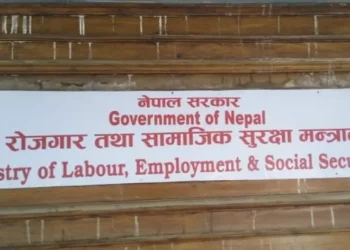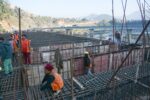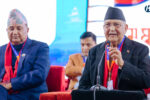In Nepal, the use of military and commercial drones has been developed in the last 7-8 years, particularly after 2015.
Compared to the rest of the world, Nepal has taken the benefits of the drone a bit late but people of Nepal have seen its application and they are very keen to adopt this technology in the best use.
Mostly, the youths of Nepal have a keen interest in UAVs. The Civil Aviation Authority of Nepal (CAAN) came up with a provision to register drones coming to the country.
However, still many drone holders are unaware of the registration process, the fallouts of not registering the drones, and the safety guidelines and other mandatory obligations.
On the regulatory side, the challenges are basically linked with having the effective and efficient legal framework that defines Go, No Go, How to Go?
When to go? and “Where to Go? (Stocker et al., 2017)17.
First is the challenge of where UAVs will be allowed to fly and the restricted areas. The government has mentioned generic details about the type of areas where flights are not allowed but there are still gaps regarding the exact location details. This includes the difficulty in identifying the appropriate airspace for the different uses (and sizes) of UAVs.
Therefore, to address these things rules, it is mandatory that there should be a guideline to operate drones to make Nepal sky safer.
Nepal has to maximum use UAV application by taking into account the safety condition, security, and privacy following a risk-based approach.
Nepal’s regulatory bodies should learn, compare and implement the best practice done by other developed countries around the world.
Technology is growing very fast, and new innovations in the field of UAVs and their new application come as a challenge to the regulatory bodies.
In the context of Nepal, there could be three major things that the drone industry in Nepal needs: i) A government act and regulation that focus entirely on drone-related activities in the country and ii) A digital system to handle all permission-related works from permission request to an approval decision.
iii) A remote pilot license for drone users.
The drone monitoring mechanism should be in real-time. Index of the risk in an operation should be mitigated and it should be carefully monitored by the authorities concerned.
The increasing popularity and the application of UAVs in the civilian domain have increased pressure among the policymakers to make UAV regulation user-friendly, safe and secure which resulted in significant challenges to regulating the use of UAVs.
As UAVs increase in physical size and technical capability, the level of skill required to safely operate them has dramatically decreased presenting a broad challenge as unskilled and unsophisticated operators could still inadvertently create a dangerous scenario from losing control of a large and complex UAV.
(The writer works at the Flight Safety Standard Department, Sinamangal, Kathmandu)









Comment